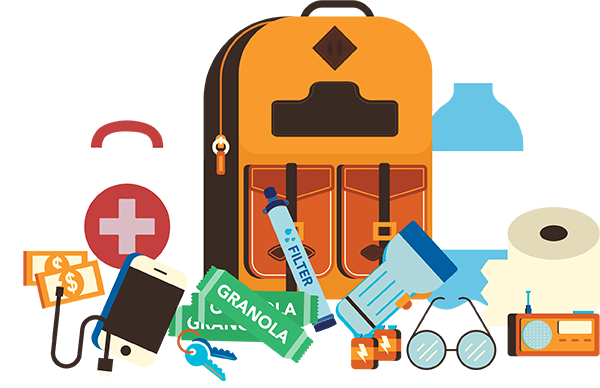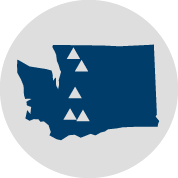Hazard-Specific Preparedness

Preparing for hazards is an easy 3-step process!
- Learn about the hazards near where you work and live so you understand how to be prepared.
- Have a plan so you know what you will do, where you will go, and how you will communicate.
- Build preparedness kits so you will have YOUR essential items available wherever you spend time.

Volcanoes
Did you know that Washington has five active Volcanoes?! Because people are moving into areas near these mountains at a rapid pace, the state’s volcanoes are among the most dangerous in the United States. The Washington State Emergency Managment Division’s Volcano Preparedness training will give you an opportunity to become more familiar with volcanic risk and learn the steps you can take to reduce potential impacts and be better prepared.

Tsunamis
Tsunamis can happen at any time. They can reach Washington’s 3,200 miles of coastline and are a risk for all coastal communities. The Washington State Emergency Management Division’s Tsunami Preparedness training will provide you with information about tsunami risks and warning signs, alert methods, tsunami evacuation routes, and more so that you can be better prepared.

Earthquakes
Washington, especially the Puget Sound basin, has a history of frequent earthquakes. The Cascadia subduction zone, a fault boundary between the North American plate and the June de Fuca plate, lies offshore from northern California to southern British Columbia. Complex seismic strains accumulate and can produce an abrupt release in the form of an earthquake. More than 1,000 earthquakes occur in the state each year. When an earthquake strikes, the best way to protect yourself is to Drop, Cover, and Hold on!
Please reach out to UWB Emergency Preparedness Manager Allyson Long for training inquiries or needs: 425.352.3763 or uwbehs@uw.edu. Trainings can be tailored for any campus group or setting.
